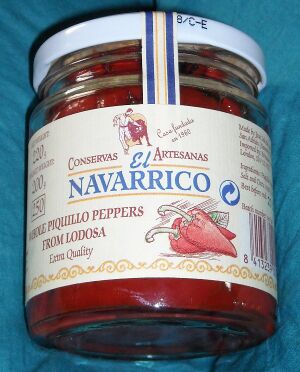
Today, the term "sweet pepper", bell pepper" or "pepper" or "capsicum" is often used for any of the large bell shaped capsicum fruits, regardless of their colour. In the United States and Canada, the fruit is often referred to simply as a "pepper" or referred to by colour (e.g. "red pepper", "green pepper"), although the more specific term "bell pepper" is understood in most regions. It important to be aware that bell peppers are in fact fruits, even though most people think of them as vegetables.
The colour can be green, red, yellow, orange and, more rarely, white, purple, blue, and brown, depending on when they are harvested and the specific cultivar. Green peppers are unripe bell peppers, while the others are all ripe, with the colour variation based on cultivar selection. Because they are unripe, green peppers are not as sweet and slightly more bitter than yellow, orange, purple or red peppers. The taste of ripe peppers can also vary with growing conditions and post harvest storage treatment; the sweetest are fruit allowed to ripen fully on the plant in full sunshine, while fruit that is harvested while still green and then artificially ripened during subsequent storage are less sweet.
Roasting peppers
Simple instructions for roasting and deskinning peppers can be found here.
Pimientos del Piquillo de Lodosa

Pimientos del Piquillo belong to the solanaceae family and its scientific name is Capsicum Annuum, L. Those which are DOP Lodosa are produced exclusively in the Lodosa area of Navarra, in northern Spain. It is an annual herbaceous plant which is sold fresh, preserved or for making paprika.
The pepper plant is first sown in seed beds and then transplanted into furrows in the ground in around May. It is constantly watered, fertilised and weeded throughout the spring and summer. Harvesting takes place, by hand, at weekly intervals from the middle of September to November. When the peppers arrive at the factory, they are washed and roasted over a naked flame. They are then cored, peeled and deseeded. With other types of pepper, this process is performed using water - only the Lodosa Piquillo is peeled without using water.
The peppers are sweet, with an intense red colour and are conically shaped. They are between 8 and 10 cm long, with a diameter of 4-6 cm and weigh from 35 to 50 g each. When they are preserved, they are only done so in their own juice - no water or brine is added.
Pimientos del Piquillo de Lodosa are available in the UK from Delicioso.co.uk and ThePaellaCompany.co.uk.
Sweet banana pepper

The banana pepper is a variety of Capsicum annuum and can be yellow, orange, red or green. Expect the flavour to be similar to sweet bell peppers unless specifically sold as chillies, in which case they are usually quite mild in heat. They grow easily in greenhouses and conservatories and make very attractive plants.
How much does one cup of sweet peppers weigh?
Estimated US cup to weight equivalents:
| Ingredient | US Cups | Grams | Ounces |
|---|---|---|---|
| Capsicum / Sweet Peppers chopped / diced | 1 Cup | 175 g | 6 oz |
Conversion notes:
Every ingredient has a cups to ounces or grams conversion table. Search for the ingredient, cup to weight conversions are at the end of each ingredient page.
We also have a generic conversion table and a portions per person lookup.
Seasonal Information: Bell peppers
This information is specifically for countries in the northern temperate zone of the Northern Hemisphere; particularly the United Kingdom, however it should be applicable for northern USA, northern Europe, Canada, Russia, etc.
Bell peppers are at their best and in season during the following months: August, September & October.
Find recipes that contain 'Bell peppers'
#bellpeppers #storecupboarditems #brine #vegetables #paprika #preparedfoods #peppers #roastedredpepper #redpeppers #portionsperpersonlookup